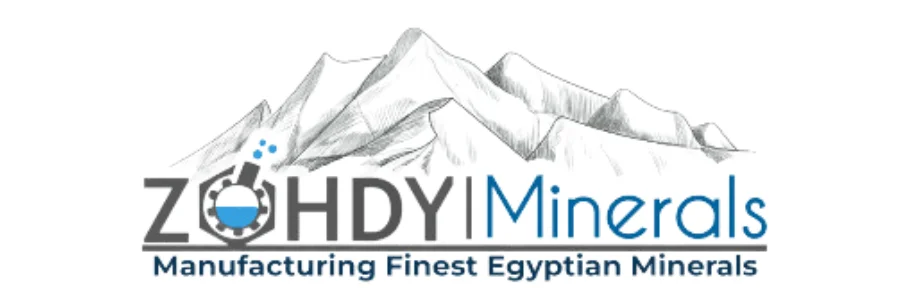Introduction:
In the recycling industry, Cullet Glass is the most commonly recycled material. Cullet Glass is finely crushed glass that can be used as a raw material in a variety of industries. By recycling glass bottles, jars, and other items, Cullet is produced.
Table of Contents



Overview of Cullet Glass properties:
Cullet Glass is a valuable resource in the recycling industry due to its unique characteristics. Cullet has properties, such as high chemical stability, low thermal expansion coefficient, high viscosity, and low thermal conductivity, which make it an excellent material for recycling. It’s also easy to melt and shape, which allows manufacturers to create new products with little to no added energy.
Benefits of using Cullet:
By utilizing recycled Cullet Glass, businesses can save energy, reduce carbon emissions, and conserve natural resources. Furthermore, using Cullet in the production process reduces the need for virgin raw materials while also reducing landfill waste.
The use of Cullet in production reduces the need for energy-intensive materials and processes, resulting in significant environmental and economic benefits.
In conclusion, Cullet is a viable solution for the recycling industry.
Cullet Glass’s unique properties make it an excellent material to recycle, and its use benefits both the environment and the economy.
1.Composition of Cullet Glass



1-1.Chemical composition and variations of Cullet Glass
Cullet is a widely used recycled material that can be manufactured from various sources, such as stained glass, tempered glass, and laminated glass. The chemical composition of cullet varies depending upon the source material. It primarily contains silicon dioxide, along with trace amounts of elements like iron, magnesium, and aluminum.
The type of Cullet Glass that is produced can depend on various factors, including color, thickness, and the presence of contaminants. For example, clear glass is often preferred for recycling due to a lack of impurities, while colored glass may need to be separated into individual colors before being recycled.
1-2.Impact of composition on Cullet Glass properties
The properties of Cullet are greatly influenced by its chemical composition. For example, the presence of iron can affect the color of the resulting recycled glass product. Additionally, the presence of certain chemicals can alter the glass’s thermal expansion coefficient, which impacts its ability to withstand rapid temperature changes without cracking.
Contaminants, such as ceramics or metals, can also impact properties like viscosity, making it difficult for manufacturers to create products with uniform quality. As a result, it’s essential for recycling facilities to carefully separate and process Cullet to ensure the highest quality recycled material.
2.Physical Properties of Cullet Glass



2-1.Particle size distribution
cullet particles can come in various sizes after the recycling process. The size of the particles can depend on factors like the type of glass and the recycling process used. Generally, smaller Cullet particles are easier to mix with raw materials, while larger particles can add strength to the final product. Companies that use cullet in their manufacturing process will often specify a desired particle size to ensure consistent quality in their products.
2-2.Color and transparency
The color and transparency of Cullet can influence the hue and clarity of the finished glass product. Clear glass is often preferred for recycling because it has fewer impurities than colored glass. This makes it easier to incorporate into new glass products without negatively impacting the product’s quality. Colored glass usually needs to be separated into individual colors before being recycled.
2-3.Density
Cullet Glass has a density that can vary depending on its composition and how it is processed. Generally, cullet is less dense than virgin raw materials, which can make it more difficult to mix with other materials in manufacturing processes. However, the lower density can also provide benefits such as increased insulation in construction materials.
Overall, understanding the physical properties of Cullet is important for utilizing it effectively as a recycled material in various industries.
3.Mechanical Properties of Cullet Glass



3-1.Strength and hardness
cullet has a lower strength and hardness than virgin raw materials. However, it can still add strength to the final product when used in the right proportions. The strength and hardness of the finished product can depend on factors such as the size and shape of the Cullet particles and how they are mixed with other materials.
3-2.Abrasion resistance
The use of cullet in construction materials can improve their abrasion resistance. This can be especially beneficial in high-traffic areas or in products that experience regular wear and tear. However, the abrasion resistance of the finished product can depend on a variety of factors, including the size and shape of the Cullet particles.
3-3.Thermal expansion
The thermal expansion coefficient of Cullet can be different from that of virgin raw materials. This can cause dimensional changes in the final product when exposed to high temperatures, which may be undesirable in some applications. Companies that use Cullet Glass in their manufacturing process must take this into consideration and adjust their process accordingly.
Overall, companies utilizing Cullet should understand its mechanical properties to effectively use it as a recycled material in various industries.
To order send us






